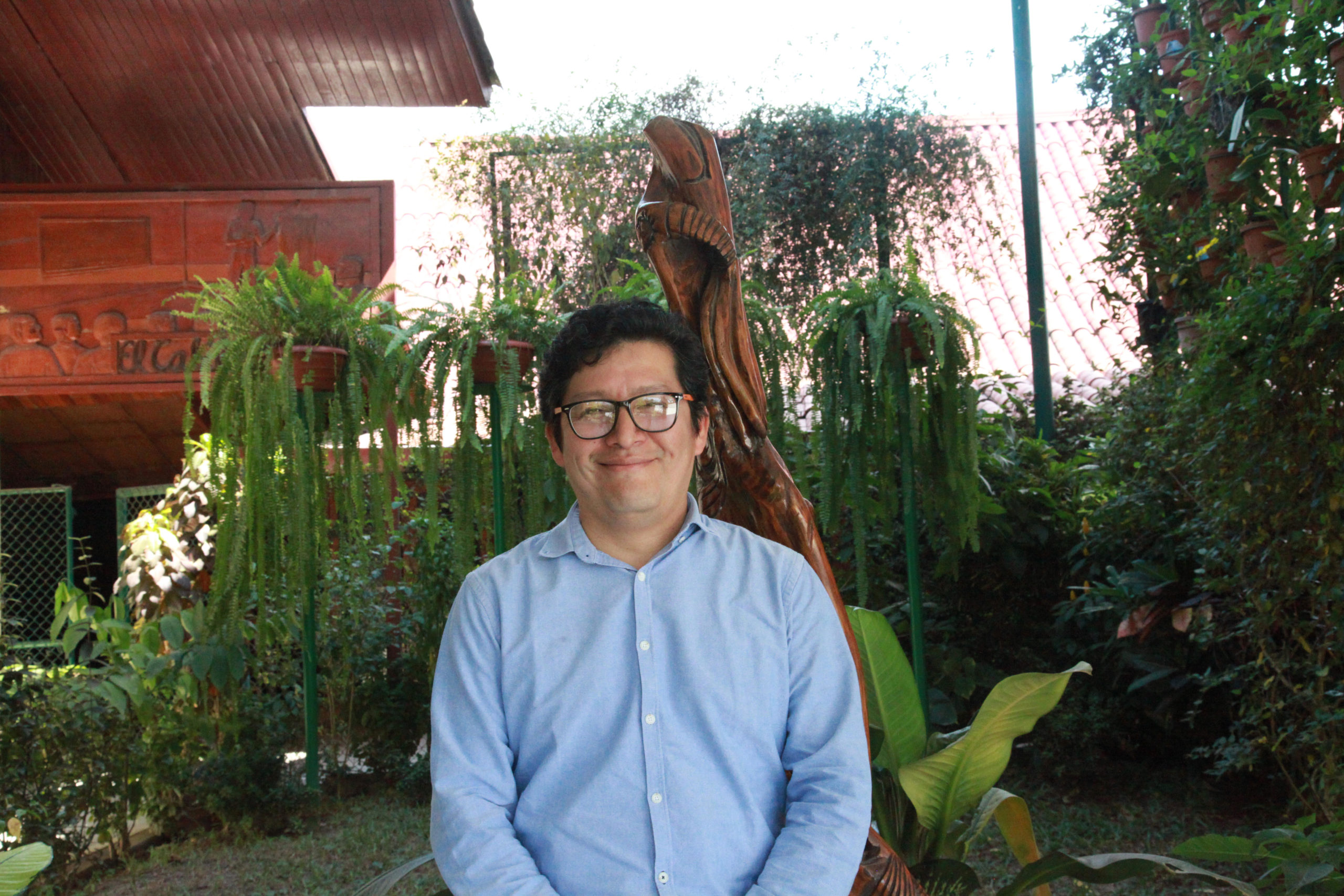
The People of PIER: Roger Salhuana
An Interview with Roger Salhuana, Consultant, Private Investment in Enhanced Resilience (PIER) Project
What is your role in the PIER project?
I act as a country liaison to build and consolidate a local network of key partners (actual and potential) from the public and private sectors with whom we develop the project’s activities. I also instruct/direct/manage actions related to raising awareness and building capacity among partners. The theme I have been most involved in is the promotion and implementation of the Infrastructure for Taxes mechanism, known as Obras por Impuestos (OxI), focusing on climate change adaptation and resilience. OxI is an important Peruvian initiative where private companies can finance and execute public investment projects directly as an advance payment of income tax.
What interested you about the project when you first heard about it?
I was attracted to the idea of incentivizing/focusing the private sector’s attention on climate change and the need to involve it in building resilience in Peru. Traditionally, the public sector has been expected to be accountable and lead in almost all matters concerning development, which is why this agenda has been so new and challenging. But it makes absolute sense. I think the private sector, including large companies, still lacks clarity in terms of the relevance of climate change and the importance of resilience, even within their own operations.
What are some of the challenges you’ve come across during the implementation of the project?
In terms of the Peruvian context, there are few actors and resources geared towards generating action or mobilizing the private sector regarding climate change. In this sense, given that there is yet a lot to do, capturing the private sector’s attention is a complicated task since they are not yet willing to invest in something they do not understand well. On the other hand, from the public sector’s perspective, aside from OxI initiatives and PPPs, there is no existing network, articulation or adequate understanding of the private sector’s dynamics. They operate in parallel worlds and it is an interesting challenge trying to connect them.
What does progress look like at the end of the PIER project in Peru?
I see PIER as a steppingstone and a cornerstone from which awareness will be developed on the importance of this topic, both for the private and public sectors, and as a first step in establishing a relationship network that will prove to be an asset in the future. The impacts/outcomes that were initially proposed may have been too optimistic because the real, possible and necessary achievements are still on the plane of drawing attention and political capital. In this sense, important connections and relationships have been established and should be maintained and fostered in order to consolidate, through proof, that this society can be beneficial in the short term and especially in the medium and long term.
How do you think the COVID-19 pandemic will affect the thinking around climate resilience, especially for the private sector, in Peru?
In the short term, this subject will likely be set aside due to the current state of emergency. Both the private and public sectors will focus their efforts on surviving and avoiding significant damage to the population and the economy. All other aspects that are not linked to this will not receive the necessary attention.
What policy changes in Peru would you like to see in the next five to ten years regarding climate resilience?
I would like to see resilience in the face of climate change acquire sufficient political capital to drive it into all social and economic matters. I would also like to see consolidated leadership in both sectors. Currently, from the public side, it is seen as merely an “environmental” issue and the Ministry of Environment is expected to take the lead. However, we know that resilience is a cross-cutting theme involving elements of social and economic development which go beyond the competencies and capacity of the Ministry of Environment. Someone else is needed to take the lead across sectors and unite efforts around a common objective.
Do you have any advice for young people in Peru who are hoping to work on climate change issues?
There is a lot of work to be done in Peru, so I would encourage young people to become interested in careers that allow them to lead and apply their knowledge and skills to better position us in the face of the challenges that climate change brings. We need Peruvian talent to become more and more involved in these issues.
Related Projects

